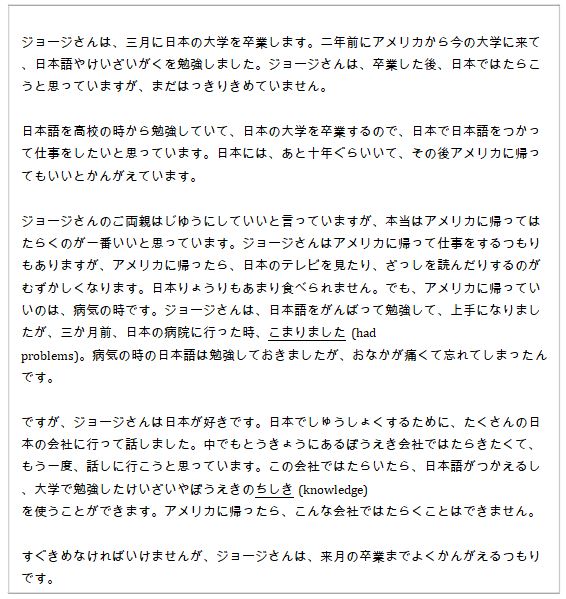If the thirteen parts were arranged in some different order, would the poembe just as good? Or can you find a justification for its beginning with Part I and ending with Part XIII?
What will be an ideal response?
- As for the first of these questions, either side of the issue might be argued with equal plausibility: the argument could be made (and no doubt someone, somewhere, has made it) that it is optimal, even necessary, that the poem’s sections occur in the order in which they do; one could just as conceivably maintain that at least some of the cards could be shuffled without any significant compromise of the poem’s larger intentions. Regarding the second question, a convincing justification is offered by the previously cited Richard Allen Blessing:
The dynamic character of the blackbird as symbol is nowhere more apparent than in a comparison of stanzas I and XIII, stanzas which function like bookends to hold the poem together. . . . The final stanza repeats the same motifs [as the first]—the solitary and silent blackbird against the equally silent emptiness of white snow. The stanzas are similar enough to be thought of as versions of a single scene. . . .
The poem opens with a blackbird which suggests a living presence at the center of a snowy waste land and ends with the same bird as a sinister, death-like presence in the midst of a universe of flux. (Blessing, 26–27)
Blessing’s seven-page discussion of the poem is a more detailed and thoughtful treatment of this poem than one customarily encounters, and is well worth reading in its entirety.
You might also like to view...
Complete lo siguiente, usando el equivalente español de las palabras que aparecen entre paréntesis.
¿Qué idioma _____________________________ en Brasil? (is spoken)
Describe the problems George experienced in Japan. Answer the following questions in English.

Studi la lezione con qualcuno?
Rispondete alle domande con un’espressione negativa e fate i cambiamenti necessari. (Answer the questions with a double-negative construction and make all the necessary changes.)
¿Cuál es la palabra apropiada? Sergio and his professor have a conversation about the Spanish class he is taking this semester. For every pair of choices in parentheses, choose the appropriate term for the questions he asks and the answers he receives. SERGIO: ¿Cuál es (1) (el / la) libro de texto?PROFESOR: (2) (Los / Las) libros de texto son Puentes y un cuaderno de ejercicios electrónico. SERGIO: ¿Hay (3) (unos / unas) diccionarios para el curso?PROFESOR: Sí, (4) (el / la) diccionario de la Universidad de Chicago. SERGIO: Y, ¿quién es (5) (el / la) profesor?PROFESOR: ¿El profesor? ¡Soy yo!(5)
Fill in the blank(s) with the appropriate word(s).